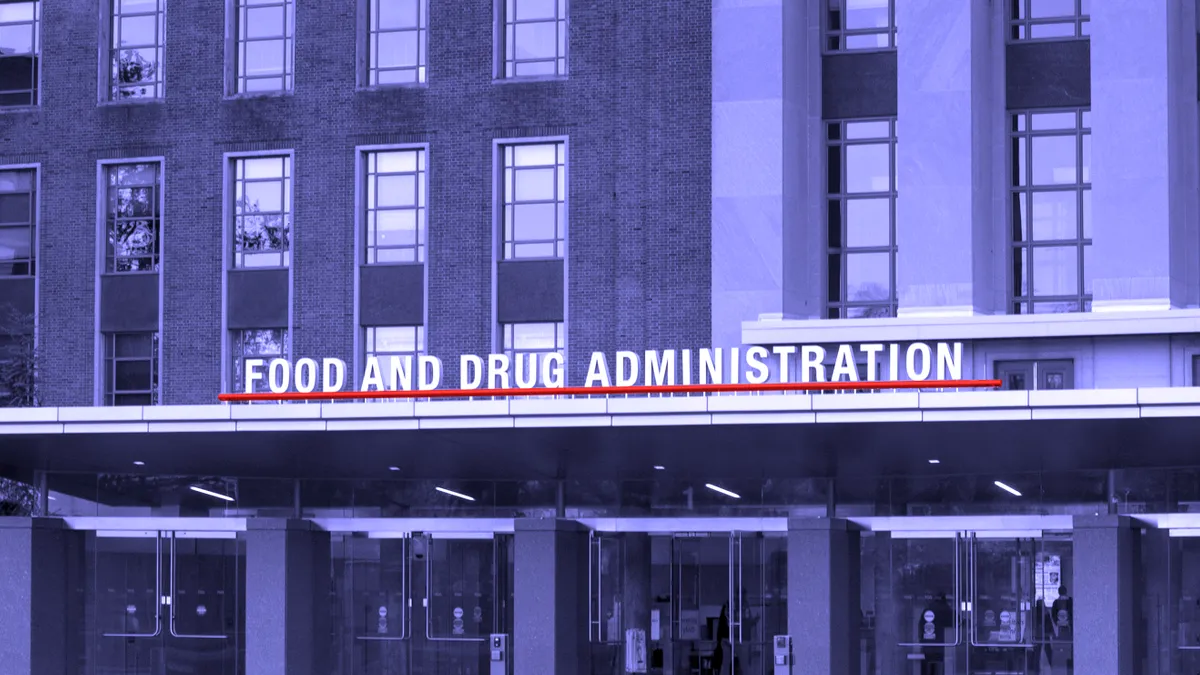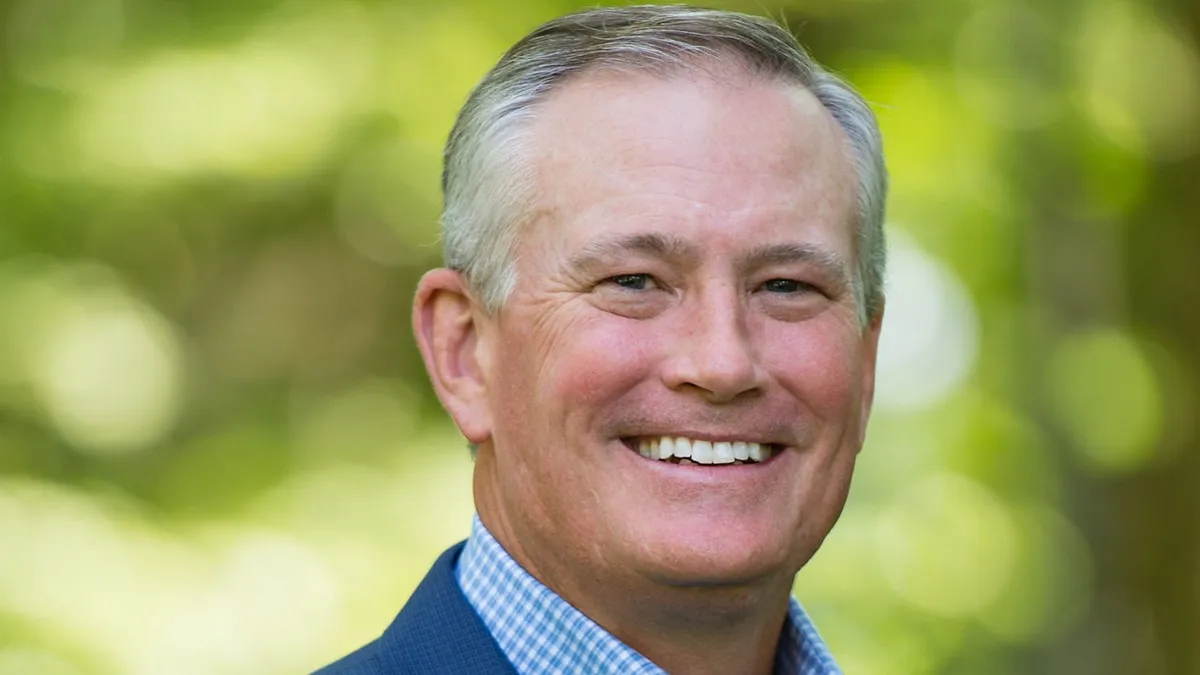More than six months after FDA was slated to begin the reauthorization process for the fifth round of its medical device user fees program, the agency convened industry and patient groups in a virtual public meeting Tuesday.
The program, like its original prescription drug counterpart, is designed to establish more predictable — and faster — premarket review times for medical device submissions. The agreed-upon fees that device makers pay support the agency infrastructure and by extension medtech businesses. The meeting kicked off a 30-day comment period and additional back and forth between regulators and industry in the coming year before FDA ultimately submits a commitment letter to Congress for consideration.
The device review times at the center of the negotiations came sharply into focus in 2020 as the agency faced an onslaught of COVID-19-related work, FDA Commissioner Stephen Hahn noted in remarks. For example, since the beginning of February, the Center for Devices and Radiological Health has granted emergency use authorization, on average, to one test per day.
At the same time, submissions unrelated to pandemic response have not slowed this year, Hahn reported. Between January and August, the number of 510(k)s, De Novos and original PMAs "all exceeded the numbers from a year ago." The FDA head described the simultaneous rapid review of COVID-19 technologies alongside a growing workload for other devices as unsustainable, highlighting "the toll it is taking on FDA staff."
Hahn noted that resources from the device user fee program "are only a fraction of the size of the programs for prescription and generic drug user fees," adding: "it also causes me concern for the long term health of the program."
Review times remain center focus for device industry
In contrast to Hahn's call for more resources, device industry trade groups broadly seemed interested in maintaining the status quo from MDUFA IV.
AdvaMed's Janet Trunzo, senior EVP of technology and regulatory affairs, in prepared remarks said the trade group is still looking for FDA to fulfill hiring goals from previous agreements.
"As MDUFA IV continues for the next two years, and in order to support the commitments in the final two years of the program, we urge FDA to complete the hiring of all MDUFA-funded [full-time equivalents] as soon as possible, including those from MDUFA III," Trunzo stated.
The Medical Imaging & Technology Alliance took a slightly different view on FDA's fulfillment of hiring goals, supporting "scaling back the funding baseline in MDUFA V and stabilizing funding levels, well below 50% of total program costs."
"Good results have been achieved despite lags in FDA hiring commitments under MDUFA IV. And MDUFA IV ancillary programs may or may not need to continue to be funded, depending on demonstration of value," according to a document from the trade association.
For instance, funding for the National Evaluation System for health Technology, or NEST, was part of MDUFA IV discussions. Hahn included a nod to real-world evidence in his remarks, encouraging examination of potential investments in "development and evaluation of real world data from patient registries, electronic health records, and other sources."
Ultimately, MITA expressed satisfaction with MDUFA IV and argues that, heading into its fifth iteration, the program ought to be put into "maintenance mode" having "achieved maturity."
"Given the satisfactory performance the agency has achieved under MDUFA IV, we do not anticipate any need for major new programmatic initiatives or major new commitments in MDUFA V," said Peter Weems, MITA's director of policy and strategy.
The two trade industry organizations aligned on a message to FDA to, in the words of AdvaMed, take a "back to the basics" approach to MDUFA V, or in the words of MITA, be "re-focused on ensuring efficient premarket review."
AdvaMed also praised FDA for its progress on establishing a digital health center. Given the pharma industry's growing interest in products like digital therapeutics and pills with tracking sensors, how digital health reviews are funded at FDA may be a topic of debate and collaboration going forward, particularly as the next round of PDUFA is ironed out at the same time as MDUFA.
"I would expect to see more of that as the lines between the two products blur," said Sidley Austin partner and former FDA chief counsel Jeff Senger ahead of Tuesday's meeting.
Consumer rights group Public Citizen called for more of FDA's funding to come from Congress, to avoid being beholden to the for-profit industry it regulates. In the same way that FDA's success under MDUFA is measured under review time performance, the group also argued the agency be required to "advance metrics for the assessment of benefit-to-risk ratio for clearance, approval, or rejection actions."
Other tangible requirements could include FDA reporting public health impacts to Congress and the public, and publishing technical reviews of all PMA supplements when changes could alter safety or effectiveness.
"It's sort of taken for granted by the agency that safety and efficacy is taken care of. We're asking that it be demonstrated," Michael Abrams, a health researcher at Public Citizen, said prior to the meeting.
Clinical labs fear LDTs could come under new fees
For the American Clinical Laboratory Association, evolving discussion on oversight of lab-developed tests is top of mind heading into MDUFA V negotiations.
According to prepared remarks from Tom Sparkman, ACLA's SVP of government and policy, all of the trade group's members perform LDTs. Given recent uncertainties at HHS and FDA on how to move forward in regulating LDTs, the trade group now sees "a number of scenarios where user fees may be imposed or proposed" for labs that develop and offer the tests.
Regardless, ACLA remains firm that "medical device authority does not apply to clinical laboratories nor to LDTs," Sparkman added.


















